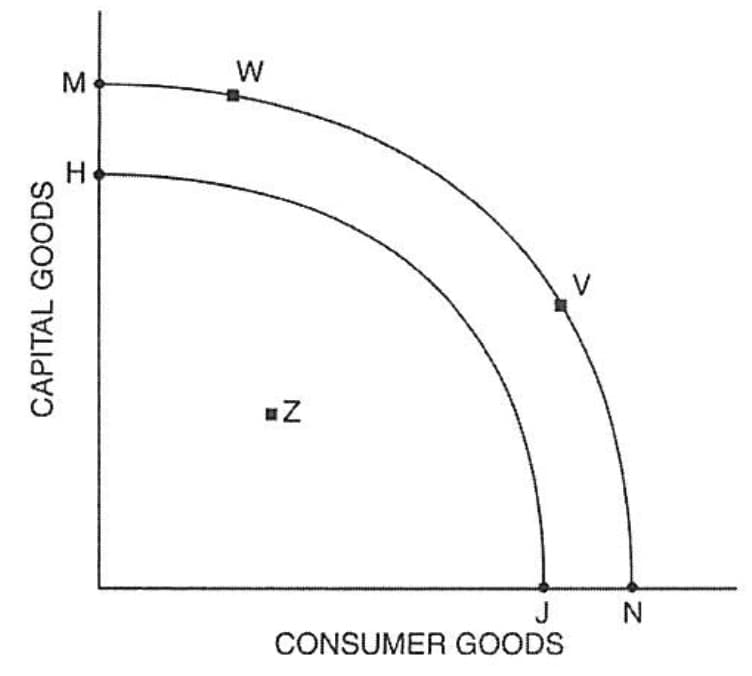Maria spends all of her income of $2,000 on food (F) and clothing (C). The prices per unit are: PF = $5 and PC = $20. (a) The maximum amount of food that Maria can consume is _____. (b) The maximum number of pieces of clothing that Maria can consume is ____. (c) Therefore the intercepts of Maria’s budget line are _____ F and _____ C.
Unit 3 Forum
[The forum has 4 Questions so at least 3 questions should be completed ]
Question 1
Maria spends all of her income of $2,000 on food (F) and clothing (C). The prices per unit are: PF = $5 and PC = $20.
(a) The maximum amount of food that Maria can consume is _____.
(b) The maximum number of pieces of clothing that Maria can consume is ____.
(c) Therefore the intercepts of Maria’s budget line are _____ F and _____ C.
(d) Graph Maria’s budget line, with F on the vertical axis and C on the horizontal axis.
(e) Maria (can, cannot) __________ afford to buy a combination of 200 F and 60 C because this combination of goods is located (outside, inside, on) __________ her
budget line.
(f) The slope of this budget line is _________.
(g) The
h) If Maria’s income rises to $3,000, the new intercepts of her budget line are _____ F and _____ C.
(i) Graph this new budget line on your graph for item (d) above.
Question 2
Use the diagram below to answer the questions that follow.
(a) What change could cause the
(b) Under what conditions might an economy be operating at point Z?
(c) Why might a government implement a policy to move the economy from Point V to Point W?
Question 3
An economy produces capital and consumer goods. Discuss the impact on the PPF due to the following:
(a) The discovery of a new source of oil
(b) The
(c) Improved technology that impacts only the production of capital goods.
Question 4
Suppose there are two countries Peru and Japan that produce Food and Fuel. Peru can produce 7,523 units of Food or 17,853 units of Fuel using a labour force of 8000. Japan can produce 5,733 units of Food or 24,156 units of Fuel using a labour force of 5000.
(a) On two separate graphs sketch the initial PPF for the two countries with Food on the x-axis.
(b) If Japan and Peru employ half its workers to produce Food and half to produce Fuel how much of each good can they consume? Label this point A and A* respectively.
(c) Which country has the absolute advantage in food? In fuel? Explain.
(d) Which country has the
(e) Which good(s) should each country specialize in?
*(f) Calculate the
*(g) If the terms of trade is 2 to 1 in favour of the country with the comparative advantage in food. Determine the combination of the two goods that each country will consume after trade if the country with the comparative advantage in fuel imports 4000 units of food. Label this point B and B* respectively.
*h) Who gains from trade? Who loses? What is the impact if any on the world?
*(i) What should the terms of trade be to make trade beneficial for BOTH Japan and Peru? Explain.

Step by step
Solved in 2 steps









